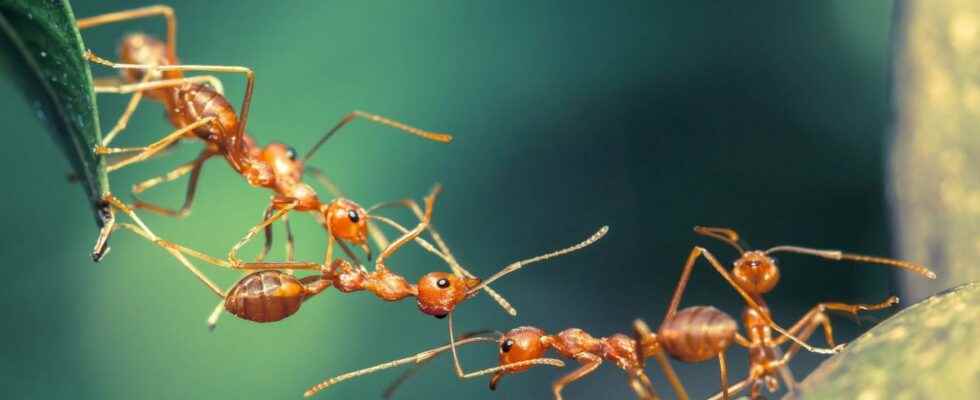Published on
Updated
Reading 3 mins.
Threatened by global warming and human activities, animals and plants are more useful and precious than ever for humanity and continue to inspire scientific discoveries, sometimes in unexpected ways.
“Nature has spent hundreds of millions of years optimizing elegant solutions to extremely complicated problems. So if we turn to her, we could save time and immediately find valid solutions“, told AFP Alon Gorodetsky, of the University of California at Irvine.
From squid skin tealights to cow mucus showing promise against sexually transmitted viruses, here is a selection of scientific work published in 2022 and inspired by nature.
Okra to stop bleeding
Okra, a tropical plant used in Creole or African dishes, can work miracles in the kitchen but also in medicine.
This green vegetable with a sticky texture notably inspired Malcolm Xing of the University of Manitoba (Canada): he discovered that its juice, pressed then dried to be transformed into a powder, could be transformed into an effective bioadhesive gel, quickly creating a physical barrier and triggering the blood clotting process. What serve as the basis for a natural dressing to quickly stop bleeding in surgery.
Tested on wounds in the heart and liver of dogs and rabbits, this gel stopped bleeding in one minute, without the use of sutures.
Human trials are planned in the next few years.
Cow mucus against STIs
When you think of cow phlegm, the first reaction is often disgust. But a study suggested in September that a lubricant based on this substance could also be effective in curbing the spread of sexually transmitted diseases such as HIV or herpes.
Mucus is made up of a protein called mucin which may have antiviral properties.
Scientists extracted it from the salivary glands of cows and turned it into a gel that, binding to small viruses, can eliminate them. After laboratory tests, they showed that this lubricant could reduce the risk of HIV infections by 70% and herpes by 80%.
But this work is only at a preliminary stage, warn the researchers – unlike condoms whose effectiveness is more than proven.
Firefly robots for rescue missions
Fireflies that light up the night sky have inspired scientists at the Massachusetts Institute of Technology to create tiny robots that can emit light as they fly.
To do this, they equipped the robots with wings fitted with artificial muscles, called actuators, to which light-emitting particles were added.
Eventually, once equipped with sensors, this could allow these robots to intervene autonomously during rescue missions in a collapsed building, where larger robots cannot go.
Ants to detect cancer
Detecting cancers using current methods (MRI, mammograms, etc.) is often expensive and invasive.
So researchers are turning to animals: dogs but also… ants.
In a study conducted by Sorbonne Paris Nord University, not yet peer-reviewed, scientists used a sugar water reward to train a species of ants to smell the difference between the urine of mice implanted with and without tumors. cancerous.
Around a hundred ants managed to detect ovarian cancer and two types of breast cancer in 95% of cases.
And while it takes at least six months to train a dog in this type of detection, for ants, in less than an hour it’s settled.
Squid skin to keep the coffee hot
The marine cephalopod has miniature organs called chromatophores, capable of drastically changing size or color. Inspired by this, Alon Gorodetsky, co-author of a March study in Nature Sustainability, came up with “small metal islands that can be pushed aside” and contract to create a wrap capable of regulating the level of heat.
Useful maybe one day for a hot coffee or sandwich.
“Nature is truly the epitome of innovation and engineering“, says the researcher.
